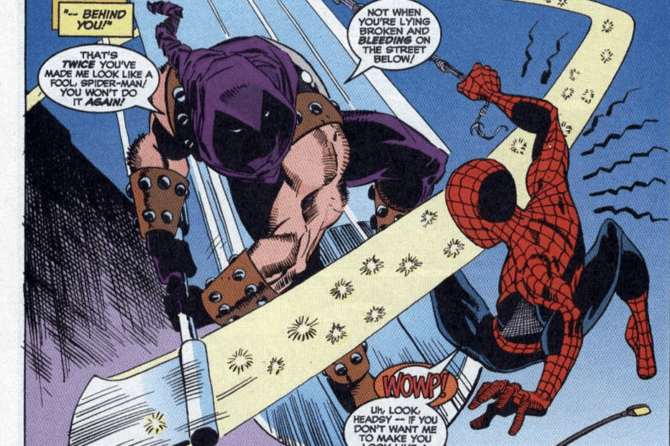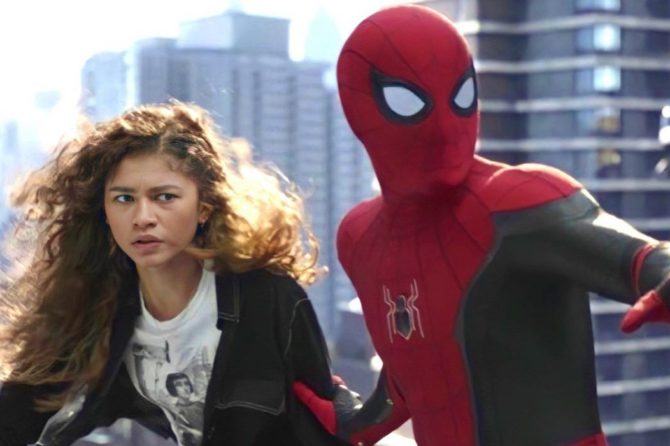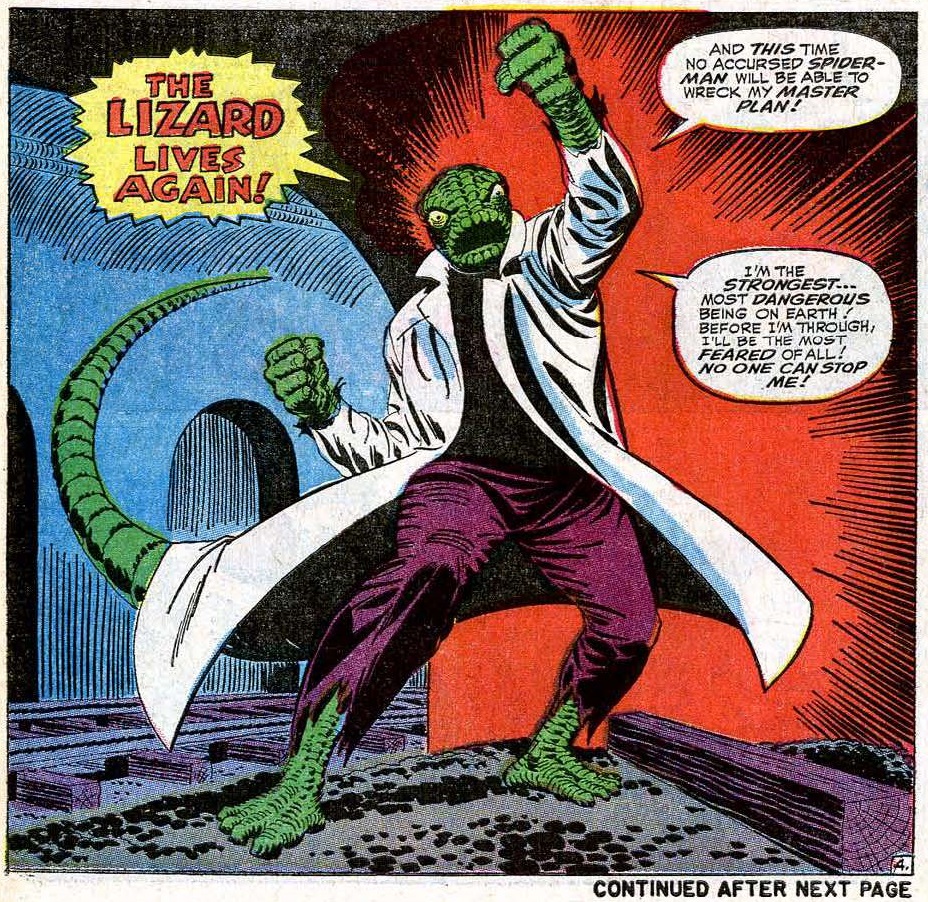
Marvel recently announced a one-shot featuring an untold story of Peter Parker back when he was in high school, and a battle he had with the Lizard. This serves as an example of how these tales about Peter’s earliest adventures can retcon the rogues gallery, changing the context of earlier stories.
There have been many untold stories about Peter Parker in high school, including Kurt Busiek’s first ongoing series, so this is a richly tapped vein. But it shows how the villains were sometimes treated differently during the Silver Age, and how later takes on Spider-Man’s early era took into account new understandings.
The Lizard

Since he’s the main bad guy in the Reptilian Rage one-shot, we’ll look at how the Lizard was different in the Silver Age comics and in later takes on Peter’s high school days.
The Lizard is a bit unusual among the major Lee/ Ditko foes in that he only appeared as an antagonist once in that run. Curt Connors came back to the series during the Master Planner saga, as Spider-Man sought out his help in curing Aunt May from radioactive poisoning. During the Lee/ Romita run, Spider-Man sought Connors again to help come up with an acidic webbing that could destroy the Rhino’s suit.
Connors offered to become the Lizard again to fight the Rhino, but Spider-Man vetoed the idea. This would foreshadow the Lizard’s return next issue.

When Spider-Man Blue retold this story, Connors explicitly accepts the risk that by handling chemicals similar to those that transformed him into the Lizard, he might become the Lizard again.

In the Lee/ Romita version, it’s a surprise to Connors when he starts transforming.
Within the context of the comic, this is his first relapse. The cure seemed to take, so accidentally turning into the Lizard again wasn’t on his mind.
Untold Tales changed things a bit with the Lizard bringing him back into Spider-Man’s life much earlier. In the ninth issue. set before Amazing Spider-Man #11, Spider-Man sees Connors in New York, and asks him to help Batwing, a child who had been transformed into a bat-like monster. However, Connors is accidentally exposed to chemicals similar to the ones that initially transformed him, and becomes the Lizard again. It changes the dynamic a bit to have Connors be a “repeat offender” although Busiek does have Spider-Man destroy photographic evidence of Connors’ misdeeds in New York, so when the Lizard is seen by bystanders in Amazing Spider-Man #44, it’s his public debut in New York. It does still mean that Spider-Man now canonically had his rematch with the Lizard before he had a rematch with Doctor Octopus.
Reptilian Rage will add another Spider-Man VS Lizard story to his high school days.
The Sandman

Another villain who was retconned by various untold tales was the Sandman, because for much of the Silver Age, he was more of a Fantastic Four enemy. He was introduced in Amazing Spider-Man #4, and a founding member of the Sinister Six. But his next battles were relatively quiet showcasing how different the Lee/ Ditko run was from the typical superhero story. In Amazing Spider-Man #18, Peter spends a few pages trying to hide from the Sandman, so they had a non-battle. In the next issue, the Human Torch helps defeat the Sandman, and that transitions him to the Fantastic Four.
The Sandman’s second appearance had been in Strange Tales #115 as an enemy of the Human Torch. He would later join his second supervillain team as a member of the Frightful Four. He would have a major role in another story, setting a death-trap for Reed Richards and freeing Blastaar from the Negative Zone.
Sandman kept busy during the Silver Age. He would have multiple encounters with the Incredible Hulk in a two-parter by Stan Lee and Herb Trimpe, as well as a follow-up by Roy Thomas and Trimpe. Marvel Superheroes #15 was a Medusa solo story in which the rest of the Frightful Four tried to get her back on the team. He’d make one final appearance on the team during Kirby’s last year on the title.
He was the main villain in Marvel Team Up #1, which made sense since the book was meant to be a team-up title for Spider-Man and the Human Torch, and he was a bad guy who had shared history with both of them. However, in that comic, it was pretty clear that Spider-Man didn’t really consider Sandman a member of his rogues gallery. This makes considering Sandman had appeared in four Spider-Man issues written by Stan Lee, and at least Stan Lee written issues from other titles.

Sandman soon went back to being a mainstay of the Spider-Man comics. He popped up again in Len Wein’s first two-parter and in a longer storyline in Dennis O’Neil’s run in which he infamously merged with Hydroman to become a mud monster. So he was back as a regular Spider-Man enemy, although he did often pop up in the Fantastic Four. Sometimes, this carried over to Spider-Man, as when Peter Parker the Spectacular Spider-Man #42 began a two parter concluded in Fantastic Four #218, and when Tom DeFalco took his depiction of Sandman’s redemption in the Thing team-up series Marvel Two-in-One, to his Amazing Spider-Man run.
Sandman’s role as one of the major Spider-Man villains was reflected in the untold tales. He popped up in that series, and in a special annual. He was also the main villain in Joe Kelly’s prom story from Webspinners. This added three high-school era encounters with Spider-Man, which retroactively made the claim that he was more of a Fantastic Four enemy kinda wrong.
The First Enemies

Some of the changes haven’t been about specific villains, but types of villains. We certainly see this when comparing the Lee/ Ditko run with other untold tales.
In the Lee/ Ditko run, Peter’s enemies tended to be adult men, which differentiated them from the teen hero. The Vulture and Tinkerer were both elderly. Doctor Octopus flirted with Aunt May. Curt Connors and Norman Osborn were both family men.
Some of the Untold Tales went in a different direction. In Kurt Busiek’s Amazing Fantasy mini-series, he wrote a story about Spider-Man’s first super-powered enemy, a teenager using her powers for the wrong reasons. Another villain from the mini-series was a young man whose father gave him super-powers. In the Learning to Crawl mini-series, Dan Slott introduced Clash, a teen villain Peter’s age.
This tracks with some of the other versions of Spider-Man. In Ultimate Spider-Man, Bendis and Bagley reimagined Eddie Brock as a college student, and pit Peter against a Latverian mutant teenager, the Harry Osborn Hobgoblin, and various clones. The films Spider-Man 3 and The Amazing Spider-Man 2 both featured Harry as one of the major villains.
I’m not sure whether this was a matter of taste, changing times, or something else. This was a way for new writers to tell stories that hadn’t been told in an iconic era, but it does change the texture of the character’s experiences when his rogues gallery includes his contemporaries. There’s also an odd subtext that the younger villains stay defeated, while the older villains keep escaping jail.
The Women
When Spider-Man fights Princess Python in Amazing Spider-Man #22, he’s in an awkward position because he had never fought a woman before. From the point of view of the character that checks out.

His toughest fight against a female opponent was probably the two times he encountered the Invisible Woman, but that was mainly in the context of encounters with the Fantastic Four.

Busiek’s Untold Tales retroactively changes that pretty quickly. According to Amazing Fantasy, his first super-powered opponent was a teenage girl.

He would later fight Commanda.

Part of it is just that these stories were published in a more enlightened and equal time. There’s the understanding that women can commit crimes, and that crimefighters will have to fight them. Spider-Man’s rogues gallery also got more racially diverse, with the retroactive addition of Scorcher to his high-school rogues gallery, although I’m unaware of this explicitly contradicting any comics that were published earlier and retroactively set later.
What says you guys? What should writers keep in mind about the villains when they’re depicting Peter’s earliest adventures?










A good article to come across; it makes me want to read the Untold Tales again.
I’ll never forgive Howard Mackie (or Bob Harris?) for deciding to change the reformed Sandman back into a bad guy for no reason. As someone who greatly enjoyed Sandman’s rehabilitation, working with the Wild Pack, and becoming an actual reserve Avenger, this reversal seemed like a big middle finger to everyone who liked things like character development.
The ‘Amazing Fantasy’ mini didn’t fit well into the original stories. ‘Untold Tales’ did.
I don’t know if it’s the art or choice of villains or what, but AF#16-18 (which I don’t consider canon tbf) seemed too jarringly anachronistic in a more extreme 90s way for a silver age story. UT, on the other hand, really fit thanks to Pat Oliffe’s pencils and a better understanding of what made those early stories click, I think. So I consider UT canon. Hard to believe they’re both written by the same guy.
Haven’t read ‘Learning to Crawl’ so I can’t commeng on that.